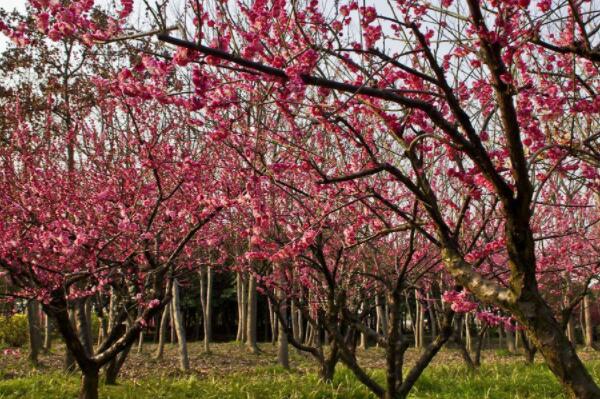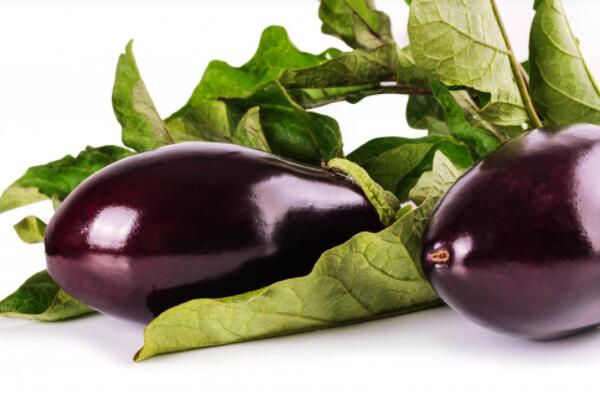Is the smallest bamboo in the world a tree? What are its main values? How to breed it?
Phyllostachys pubescens, one of the smallest bamboos in the world, is of little value for use and shooting, but has high ornamental value and feeding value. So, is the smallest bamboo in the world a tree? What are its main values? How to breed it?

Is the smallest bamboo in the world a tree?
Bamboo is a perennial evergreen monocotyledonous family of the family Bambusoideae (some taxonomists separate bamboo plants into the family Bambusoideae). There are trees, shrubs, vines, and a few culm types are short, soft and herbaceous. The cultivated bamboo species with economic value are all tree-like. The growth and development of bamboo is different from that of ordinary tree and shrub species. Their bamboo culms have a short life span and a long flowering cycle. Species transmission and reproductive regeneration are mainly realized through the division of vegetative bodies.
Second, what are its main values?
1. Ornamental value
Phyllostachys pubescens has low plants and beautiful leaves, and is often planted in the garden; it is suitable for planting ground cover, hedgerow or matching with false stones; it is also a good material for potted plants or bonsai. It is dignified and beautiful, and it is also a rare and valuable variety of ornamental bamboo.
2. Feed value
Phyllostachys pubescens has good climate adaptability, high yield and good quality in Xuhuai area of Jiangsu Province. it can be widely used as green feeding corn in this area, and can be used as excellent succulent green fodder for raising cattle, sheep, pigs, rabbits, fish and so on.
The moisture content of Phyllostachys pubescens leaves is 57.71%, crude protein 13.14%, crude fat 6.24%, crude fiber 39.02%, crude ash 14.42%, available sugar 5.29%; Phyllostachys pubescens leaves contain 18 kinds of protein amino acids and 1 kind of non-protein amino acid C-aminobutyric acid, of which 8 kinds of essential amino acids in animals can be detected and are rich in content. From the point of view of nutrition, the best cutting time of Phyllostachys pubescens is from August to October.
Third, how to breed it?
The cultivation technique of Phyllostachys pubescens is mainly the method of dividing the mother plant. The clumps of mother plants will be transplanted with underground stems with soil from February to March. The roots of the mother plants are shallow, and sometimes it is difficult to carry soil, so they should be planted as they are dug. Transplanting in the growing season must bring soil, otherwise it is not easy to survive. After planting, scratch through the water and move to a damp place for maintenance for a period of time.
Phyllostachys pubescens should use fertile garden soil or rotten leaf soil with a small amount of sand as the substrate, usually planted in a rectangular or oval shallow basin, the bottom drainage hole should be covered with a layer of window screen and a layer of coarse sand as the drainage layer. When planting, it should be consciously planted into a dense and spaced space, and according to the ups and downs of the basin soil, it should be made into a microcosm of the natural landscape.
[maintenance points]
Because of its small plant and shallow root distribution, Phyllostachys pubescens needs careful management and fine operation in daily maintenance.
From June to September, we should pay attention to avoid direct sunlight, give about 3 hours of light every day or put it in a place with bright scattered light. Otherwise, strong light will make the surface of the soil dry too fast, and the temperature is too high, resulting in scorched leaves, heavy and even death. However, long-term shade is also detrimental to its growth and development.
Don't water too much to keep it moist and not too wet. Before and after the emergence of bamboo shoots from April to May, water should be sufficient, and cake fertilizer and water should be applied 1-2 times to promote the healthy development of new plants; it is not suitable to apply fertilizer in hot summer, and fertilizer should be applied twice after cool autumn. After entering winter, when the temperature drops by 3-5 ℃, the pot should be moved into the room, and the room temperature is not less than 3 ℃ below zero to survive the winter safely. It is necessary to have proper light at this stage, which is more conducive to its safe winter.
After 3 years of potted plants, the old culms that are too dense should be cut off to facilitate renewal.
[pest control]
Phyllostachys pubescens has few diseases and insect pests, and its management is simple and extensive.
Time: 2019-04-09 Click:
- Prev

How much is the price of deciduous trees and red plum saplings? When will it transplant and blossom? How do you plant it?
Red plum is a kind of plum blossom, deciduous small trees, Rosaceae, apricot. The height of the plant is about 10m, the stem is brownish purple, there are many longitudinal barge lines, and the branchlets are green. So how much is the price of red plum seedlings? When will it transplant and blossom? How do you plant it? What are the pruning methods? Learned from Suqian Seedling Base
- Next

When do common vegetables and eggplant usually be planted and harvested? What kind of medicine does it take to beat flowers, hang fruits, and give birth to insects?
Eggplant, the name of traditional Chinese medicine. It is the fruit of eggplant of Solanaceae. All over the country. It has the effect of clearing heat, activating blood circulation and reducing swelling. Often used for intestinal wind blood, heat sore carbuncle, skin ulcer. When does eggplant usually be planted and harvested? What kind of medicine does it take to beat flowers, hang fruits, and give birth to insects? When does eggplant usually be planted and harvested
Related
- Fuxing push coffee new agricultural production and marketing class: lack of small-scale processing plants
- Jujube rice field leisure farm deep ploughing Yilan for five years to create a space for organic food and play
- Nongyu Farm-A trial of organic papaya for brave women with advanced technology
- Four points for attention in the prevention and control of diseases and insect pests of edible fungi
- How to add nutrient solution to Edible Fungi
- Is there any good way to control edible fungus mites?
- Open Inoculation Technology of Edible Fungi
- Is there any clever way to use fertilizer for edible fungus in winter?
- What agents are used to kill the pathogens of edible fungi in the mushroom shed?
- Rapid drying of Edible Fungi

